 "ttyymmnn" (ttyymmnn)
"ttyymmnn" (ttyymmnn)
05/01/2015 at 10:05 • Filed to: planelopnik, planelopnik history
 2
2
 12
12
 "ttyymmnn" (ttyymmnn)
"ttyymmnn" (ttyymmnn)
05/01/2015 at 10:05 • Filed to: planelopnik, planelopnik history |  2 2
|  12 12 |
This is today’s Planelopnik History Speed Round , getting you caught up on milestones and important historical events in aviation from April 28 to May 1.
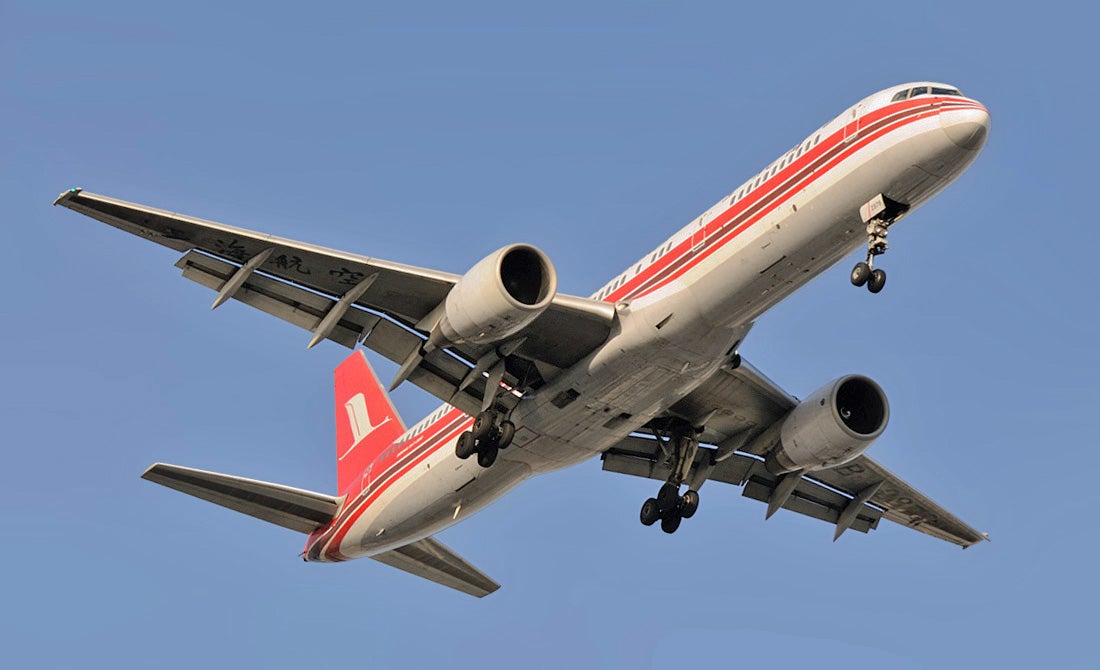
April 28, 2005 – Boeing delivers its last 757 airliner, ending a 23-year production run. Designed as a replacement for the 727, the 757 took its maiden flight on February 19, 1982, and entered service with Eastern Airlines and British Airways in 1983. Production shut down after the delivery of the 1,050th airliner to Shanghai Airlines (above), and about 550 remain in service today. There has been talk Boeing might update the 757 with newer, more efficient engines to fill a gap in passenger capacity between the 737 and the 787. However, Boeing !!!error: Indecipherable SUB-paragraph formatting!!! that it has no intention of doing so, and that the upcoming !!!error: Indecipherable SUB-paragraph formatting!!! will fill that gap when it enters service in 2017.
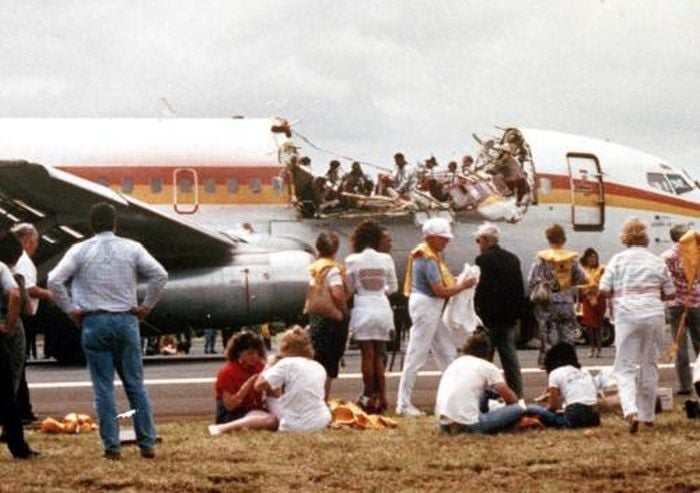
April 28, 1988 – Aloha Airlines Flight 243 suffers explosive decompression at 24,000 ft.
Aloha Airlines 243 was a Boeing 737-200 (N73711) that made numerous short flights between the Hawaiian Islands. While the airframe had only experienced 35,496 flight hours at the time of the accident, it had undergone 89,680 flight cycles (a cycle is defined as a takeoff and a landing), exceeding the aircraft’s design limits. When Aloha 243 reached its cruising altitude of 24,000 feet, a large section of the upper fuselage directly behind the cockpit tore off, exposing the passengers to the elements and sweeping a flight attendant to her death, the only fatality in the incident, though 65 passengers and crew were injured, some seriously. Fortunately, all the passengers were belted when the decompression occurred. An
!!!error: Indecipherable SUB-paragraph formatting!!!
by the NTSB cited metal fatigue, aided by corrosion from the salty, humid environment, the high number of cycles, and inadequate maintenance practices as factors contributing to the accident.
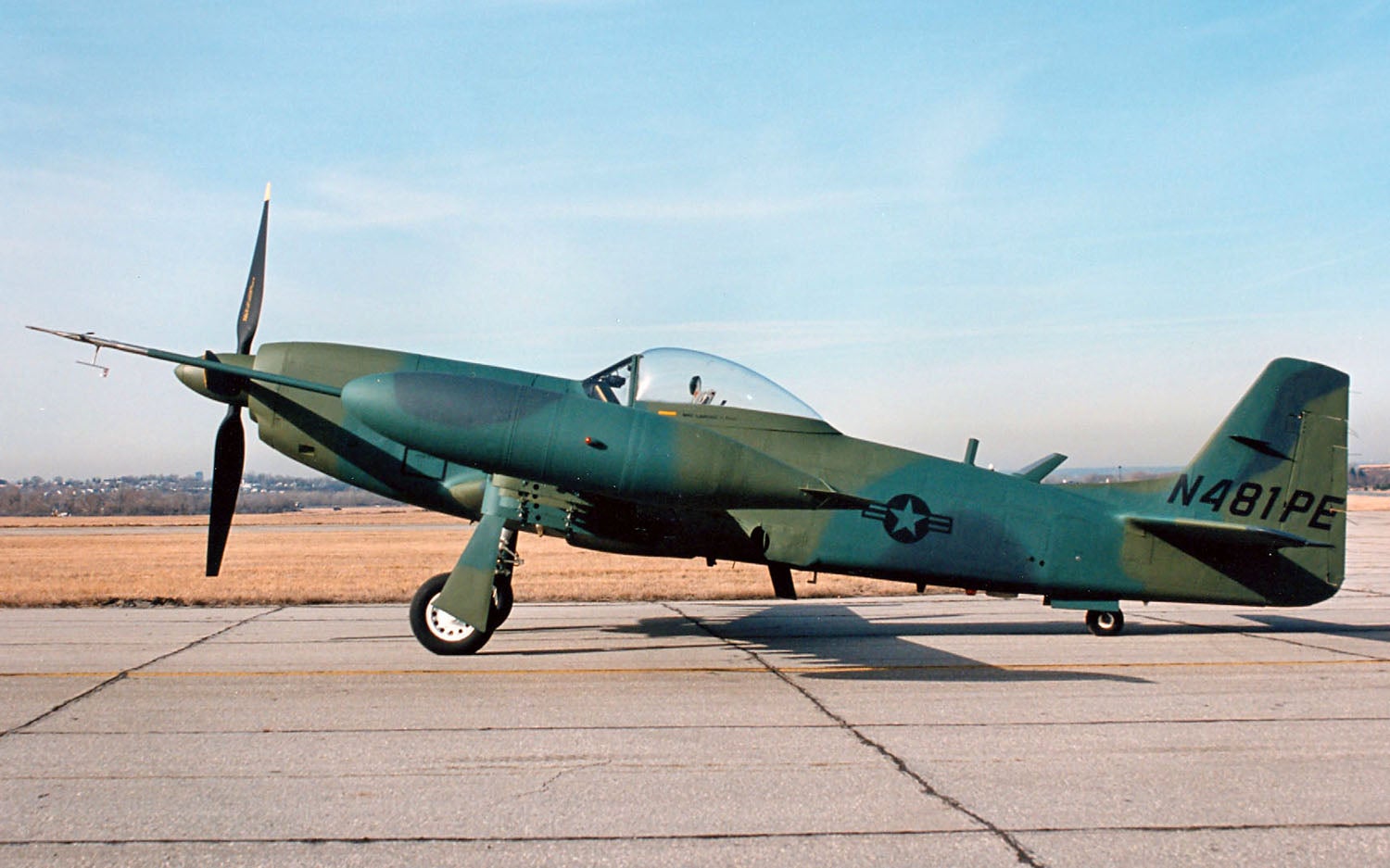
April 29, 1971 – The first flight of the Piper PA-48 Enforcer.
The Enforcer was the ultimate development of the North American P-51 Mustang, and was designed as a low-cost counterinsurgency (COIN) platform. The first Enforcer was developed from a
!!!error: Indecipherable SUB-paragraph formatting!!!
, the civilian-modified version of the WWII Mustang, and mated with a Rolls-Royce Dart 510 turboprop. Though the aircraft performed well, neither the Air Force nor any foreign air forces showed any interest. The program was resurrected in 1979, when Congress allocated money to build two more prototypes of a more advanced version, one that now shared only 10% of the original Mustang airframe. Again, the Air Force chose not to adopt the aircraft. Of the four prototypes, two remain, one at the Air Force Flight Test Museum at Edwards AFB, and the other at the National Museum of the Air Force near Dayton, Ohio.
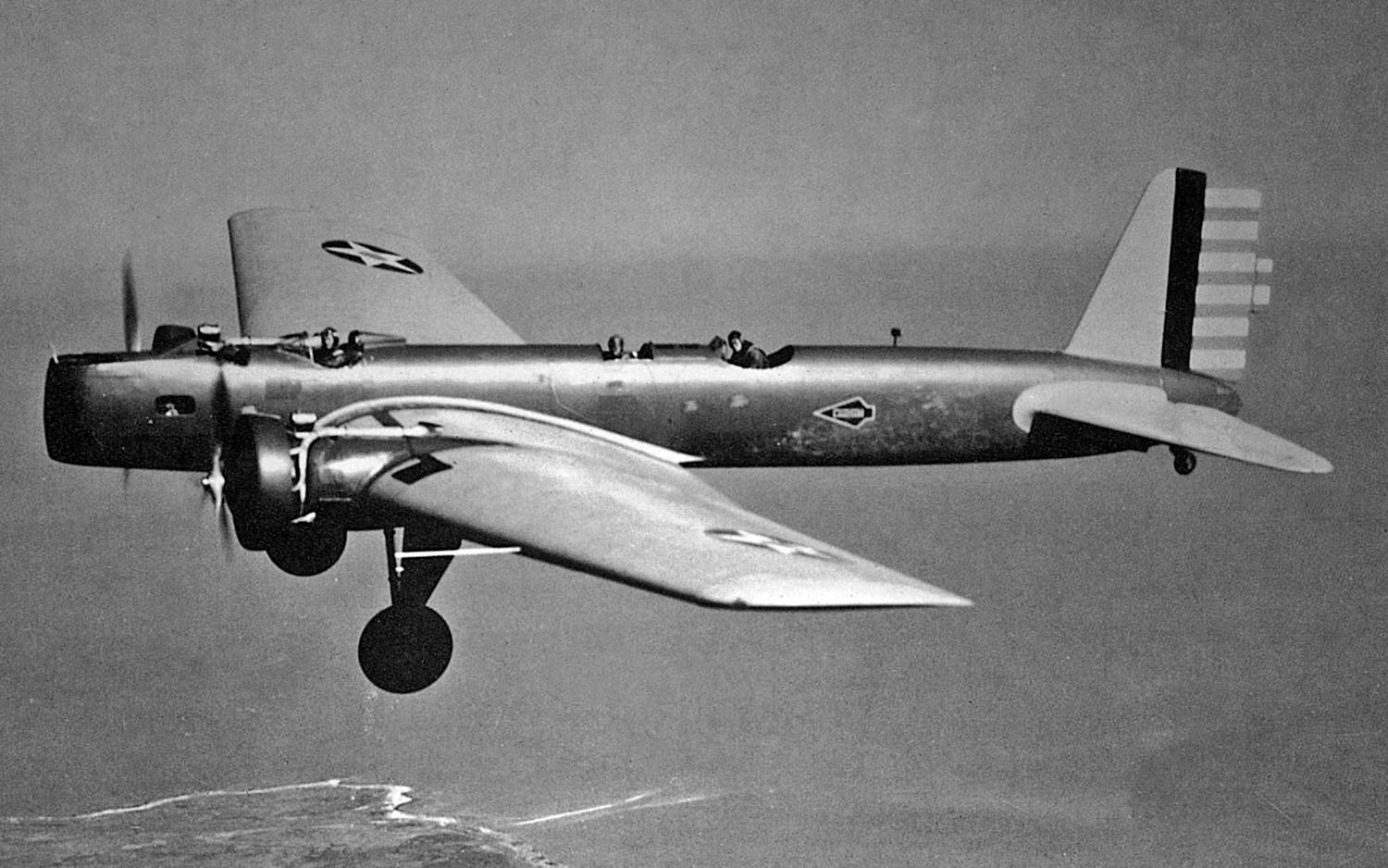
April 29, 1931 – The first flight of the Boeing YB-9.
The YB-9 was a Boeing-funded development of their Model 200 commercial aircraft, and was the first all-metal monoplane bomber built for the US Army Air Corps. While equal to the speed of contemporary fighter planes, only five service aircraft were built. Boeing lost out to the the Glenn Martin Company, which offered the more advanced Martin XB-109, entering service in 1934 as the
!!!error: Indecipherable SUB-paragraph formatting!!!
.
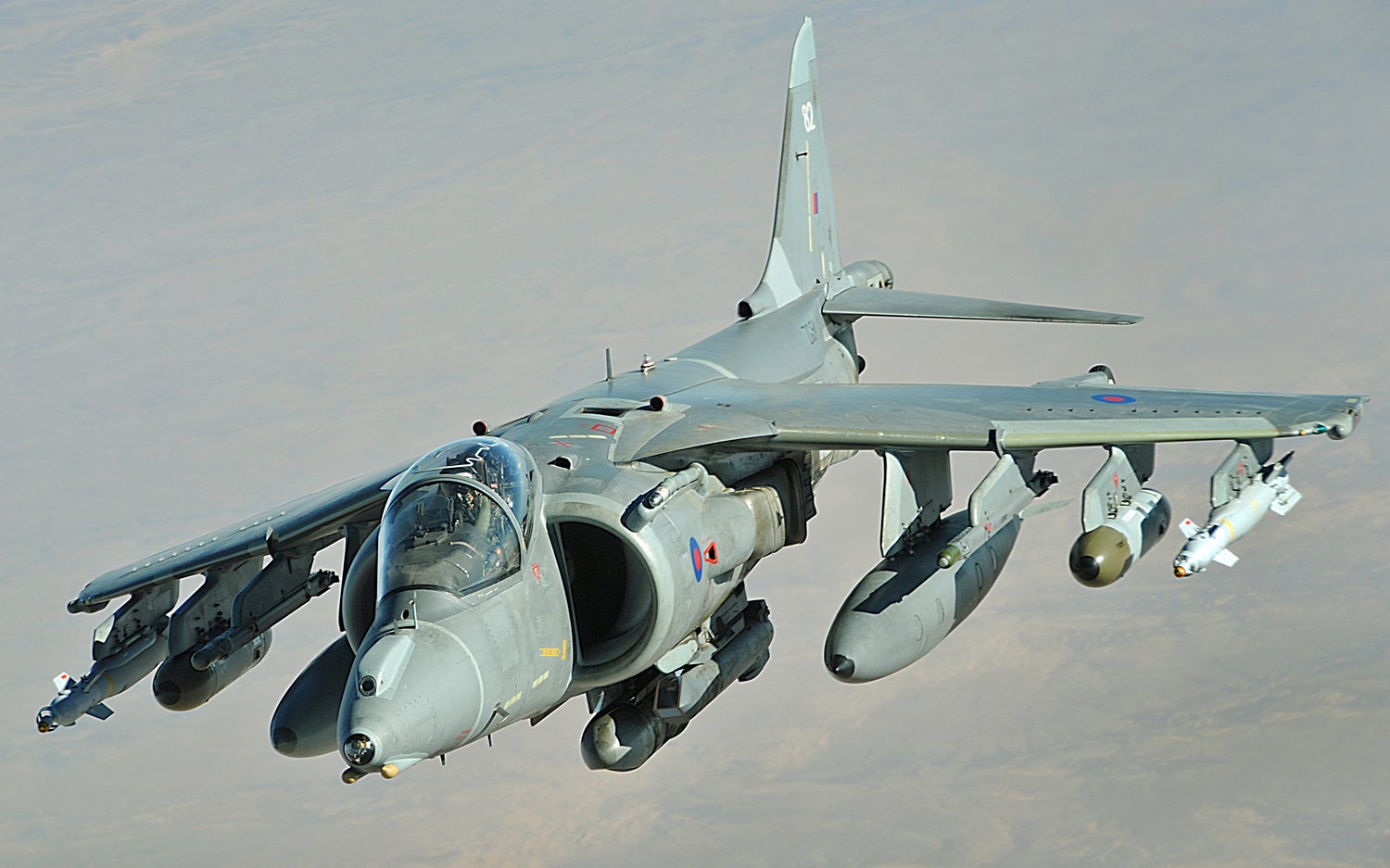
April 30, 1985 – The first flight of the British Aerospace Harrier II.
The Harrier II is the second-generation development of the McDonnell Douglas AV-8B Harrier II, itself a derivative of the Hawker Siddeley Harrier. The British Aerospace Harrier II was operated by both the Royal Air Force and Royal Navy, and saw service in Kosovo, Iraq and Afghanistan, where it flew air interdiction and close air support missions. Due to budget shortfalls, a controversial decision was made by the British government to retire the Harrier II in December of 2010, with no immediate successor in place. Eventually, the Harrier II’s role will be taken over by the Lockheed Martin F-35 Lightning II, operating from two new
!!!error: Indecipherable SUB-paragraph formatting!!!
scheduled for activation in 2018.
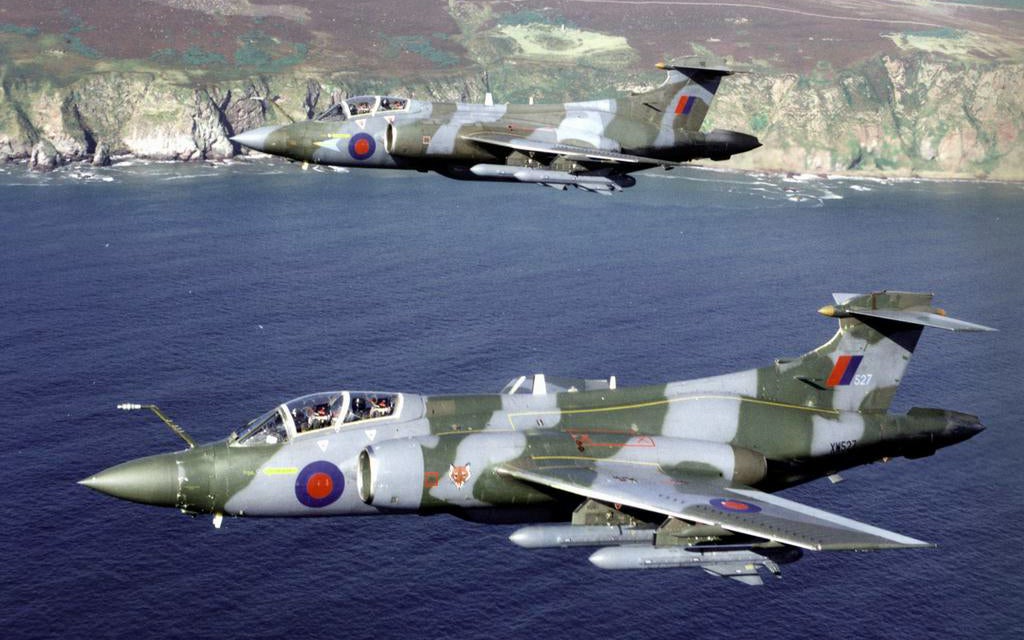
April 3o, 1958 – The first flight of the Blackburn Buccaneer.
In the early 1950s, the Royal Navy was concerned about a new class of Soviet warship, the
!!!error: Indecipherable SUB-paragraph formatting!!!
. Rather than build a new ship to counter that threat, The RN decided instead to procure a low-level, subsonic attack airplane to counter it. The result was the Buccaneer, a specialized strike aircraft that could carry either conventional or nuclear weapons. The Buccaneer entered service in 1962 and saw action with the South African Air Force in the South African Border War, and in the Gulf War, where they flew as target designation aircraft for the
!!!error: Indecipherable SUB-paragraph formatting!!!
. The Buccaneer was retired from service in 1994, and was replaced by the Tornado in the RAF and the British Aerospace Sea Harrier in the RN.
(
!!!error: Indecipherable SUB-paragraph formatting!!!
)
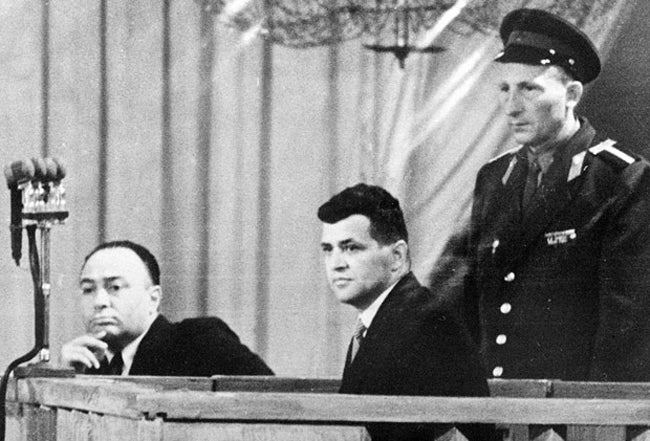
May 1, 1960 – Francis Gary Powers, piloting a CIA Lockheed U-2A, is shot down over the Soviet Union.
After leaving Pakistan on a spying mission, Powers’ aircraft was detected and fighters were sent to intercept it, though they were unable to reach the spy plane at its extreme altitude. The Russians launched eight SA-2 Guideline missiles, the first one hitting the U-2A, and another downing at least one of the Russian fighters. Powers ejected, but the plane came to earth relatively intact. The US at first denied that it was a spy mission, saying instead that it was a “weather plane” that had gone off course. The incident was a blow to US-Soviet relations, and Powers was tried (above) and convicted of espionage, receiving a sentence of ten years in prison, which included seven years of hard labor. However, he and another American were freed in 1962 in exchange for a Russian spy who had been caught by the FBI. Portions of the U-2A, and Powers’ flight suit, are on display in a Russian museum.
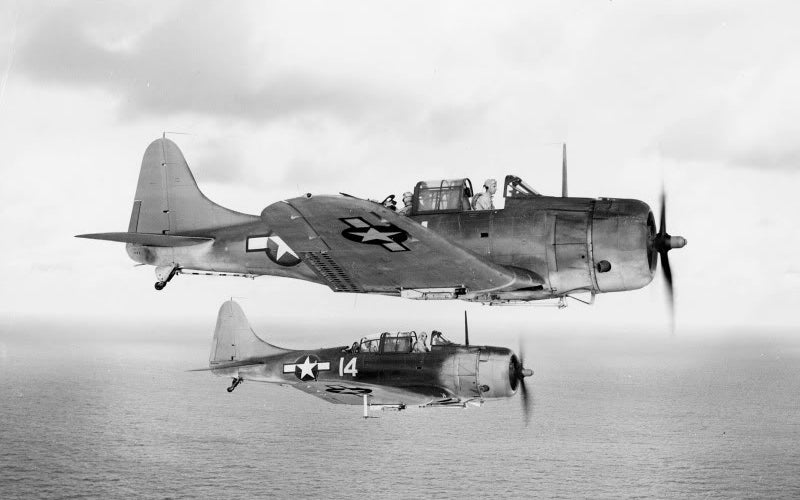
May 1, 1940 – The first flight of the Douglas SBD Dauntless dive bomber.
Manufactured from 1940-1944, the SBD (“Scout Bomber Douglas”) was the primary carrier-based attack aircraft and scout plane for the US Navy and Marine Corps for most of WWII. Possessing long range, good handling and maneuverability, and a heavy bomb load for its time, the SBD’s excellent dive characteristics, ruggedness and defensive armament made it a potent attacker. The Dauntless became famous in the
!!!error: Indecipherable SUB-paragraph formatting!!!
in 1942, when four squadrons of Navy SBDs attacked the Japanese fleet, sinking or fatally damaging all four enemy carriers, three of them in just six minutes, dealing a severe blow to Japanese naval operations in the Pacific. During the war, the Dauntless accounted for more destroyed enemy shipping than any other allied bomber. A total of 5,936 SBDs were produced, and it was eventually replaced by the heavier and faster
!!!error: Indecipherable SUB-paragraph formatting!!!
.
 Racescort666
> ttyymmnn
Racescort666
> ttyymmnn
05/01/2015 at 10:30 |
|
Always awesome! Thanks for putting this together again.
 You can tell a Finn but you can't tell him much
> ttyymmnn
You can tell a Finn but you can't tell him much
> ttyymmnn
05/01/2015 at 10:52 |
|
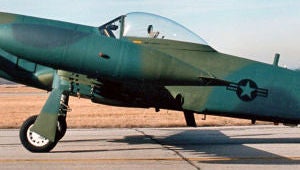
Looks weird without the big radiator housing down here. I’d never heard of this, pretty cool that there was a turboprop successor developed from the P-51.
 Margin Of Error
> ttyymmnn
Margin Of Error
> ttyymmnn
05/01/2015 at 11:08 |
|
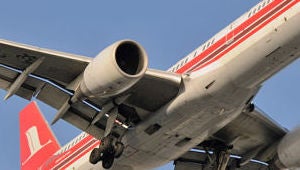
757 was very popular, it’s diffcult to understand why it got the axe.
ER version of the 737-8 are not making the cut for transatlantic flight, the 757 would still be immensely popular.
 The Powershift in Steve's '12 Ford Focus killed it's TCM (under warranty!)
> ttyymmnn
The Powershift in Steve's '12 Ford Focus killed it's TCM (under warranty!)
> ttyymmnn
05/01/2015 at 11:20 |
|
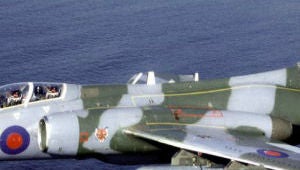
Bucs are such good looking aircraft. It’s amazing how long they lasted in service.
 The Powershift in Steve's '12 Ford Focus killed it's TCM (under warranty!)
> Margin Of Error
The Powershift in Steve's '12 Ford Focus killed it's TCM (under warranty!)
> Margin Of Error
05/01/2015 at 11:27 |
|
I think the issue was cost to operate per seat. There are a limited number of routes where the range of a 737 is insufficient but the seat capacity of a 767 is overkill. Iceland Air is one good example. I’m not sure if that market justifies a new aircraft, but a re-winged and/or re-engined version of the 757 would find some sales as the current fleet ages out.
 Margin Of Error
> ttyymmnn
Margin Of Error
> ttyymmnn
05/01/2015 at 11:30 |
|
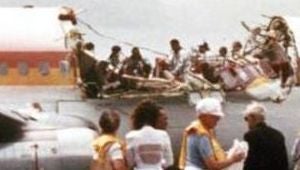
Targa
 Dukie - Jalopnik Emergency Management Asshole
> ttyymmnn
Dukie - Jalopnik Emergency Management Asshole
> ttyymmnn
05/01/2015 at 13:11 |
|
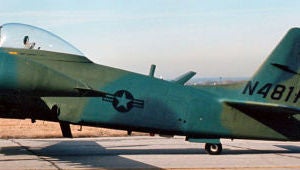
The 1979 “redesign” was to see if it performed better than the A-10. Pfft.
 user314
> ttyymmnn
user314
> ttyymmnn
05/01/2015 at 14:19 |
|
And the AV-8A was itself a derivative of the Kestrel FGA.1, which was in turn based on the Hawker Siddeley P.1127 .
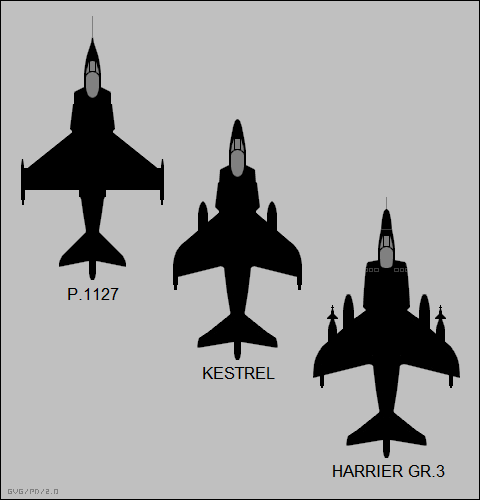
 ttyymmnn
> user314
ttyymmnn
> user314
05/01/2015 at 17:26 |
|
True, but I've got a limited amount of space to write. These posts are getting longer and longer as it is. Thanks for the info, though. It helps other readers.
 ttyymmnn
> Racescort666
ttyymmnn
> Racescort666
05/01/2015 at 17:27 |
|
My pleasure. In glad you enjoy it. Watch for the next one Monday or Tuesday morning.
 ttyymmnn
> The Powershift in Steve's '12 Ford Focus killed it's TCM (under warranty!)
ttyymmnn
> The Powershift in Steve's '12 Ford Focus killed it's TCM (under warranty!)
05/01/2015 at 17:28 |
|
I was really surprised to learn that they flew in GW1.
 user314
> ttyymmnn
user314
> ttyymmnn
05/01/2015 at 19:25 |
|
I know, there’s just so much aviation history!